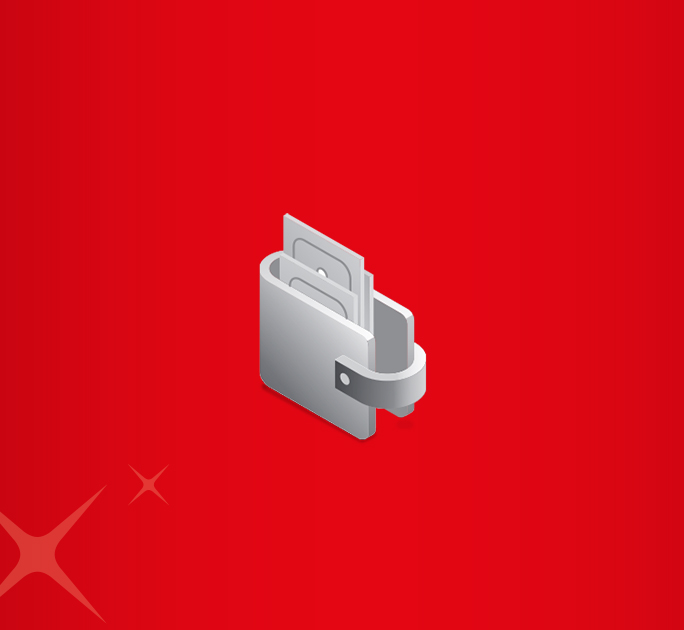- Save
- Invest
- Borrow
- Pay
- More
- NRI Banking
- Customer Services

Understanding SLR and CRR in Banking
A crucial sector of any economy is its banking sector. It often serves as a mirror to the overall economy, with banking activity enabling investment decisions. The Cash Reserve Ratio (CRR) and Statutory Liquidity Ratio (SLR), in addition to the repo rate, reverse repo rate, and other rates, are essential elements of banking operations. The two ratios help determine the liquidity in the banking system and indicate national inflation and growth fluctuations.
Key Takeaways
- CRR (Cash Reserve Ratio) is a reserve that banks are obligated to maintain with the Reserve Bank of India (RBI). It is required to be held in cash and represents a percentage of the bank's total deposits.
- SLR (Statutory Liquidity Ratio) is a mandatory reserve that commercial institutions are required to maintain. It represents a portion of the net demand and time obligations of the banks, which needs to be held in authorised securities.
While CRR helps manage cash flow in the economy, SLR ensures the solvency of banks.
CRR (CASH RESERVE RATIO)
As mentioned above, CRR stands for Cash Reserve Ratio. It is a compulsory reserve that the central bank of the country, the Reserve Bank of India (RBI), must maintain. Every commercial bank is obligated to maintain CRR, which is a specified percentage of their net demand and time liabilities.
Commercial banks must maintain the CRR in the form of cash balances with the RBI. These banks are not allowed to use the money for economic or commercial purposes.
The minimum proportion of deposits that a commercial bank is required to maintain with the RBI as a cash reserve is known as the CRR. CRR is a tool used by the RBI to keep the economy's cash flow and liquidity stable.
SLR (STATUTORY LIQUIDITY RATIO)
SLR stands for Statutory Liquidity Ratio. It is an obligatory reserve that commercial banks must maintain. Commercial banks may maintain this reserve requirement in the form of approved securities per a specific percentage of the net demand and time liabilities.
SLR can also be defined as a tool used to maintain the stability of banks by restricting the credit facility they offer to their customers. Banks usually hold more than the required SLR, per RBI norms stating that they must maintain a certain amount of money as liquid assets. This helps banks fulfil their depositors' demands as and when they arise.
What is the difference between CRR and SLR?
The following are the key differences between CRR and SLR:
|
Parameters |
CRR |
SLR |
|
Meaning |
It is a percentage of money that a bank has to keep with the RBI. |
It is a proportion of liquid assets per a percentage of time and demand liabilities. |
|
Form |
Maintained in the form of cash. |
Maintained in the form of cash, gold and government-approved securities. |
|
Uses |
Regulates the flow of money in the economy. |
Ensures the solvency of banks. |
|
Reserved With |
Reserved with the RBI. |
Reserved with commercial banks. |
|
National Impact |
Regulates the liquidity of cash in the country. |
Maintains the credit growth of the country. |
Final Note
Both CRR and SLR are crucial to the economy as they maintain cash flow and regulate liquidity in the country. These financial rates have an undeniable impact on the loan market in the country. The rates are also subject to fluctuations in accordance with the country's economic climate. For updated details, please get in touch with your bank or visit the RBI website to view the current SLR and CRR rates.
To apply for a loan conveniently, download the DBS Bank app for access to competitive interest rates and flexible EMI options.
*Disclaimer: This article is for information purposes only. We recommend you get in touch with your income tax advisor or CA for expert advice.











